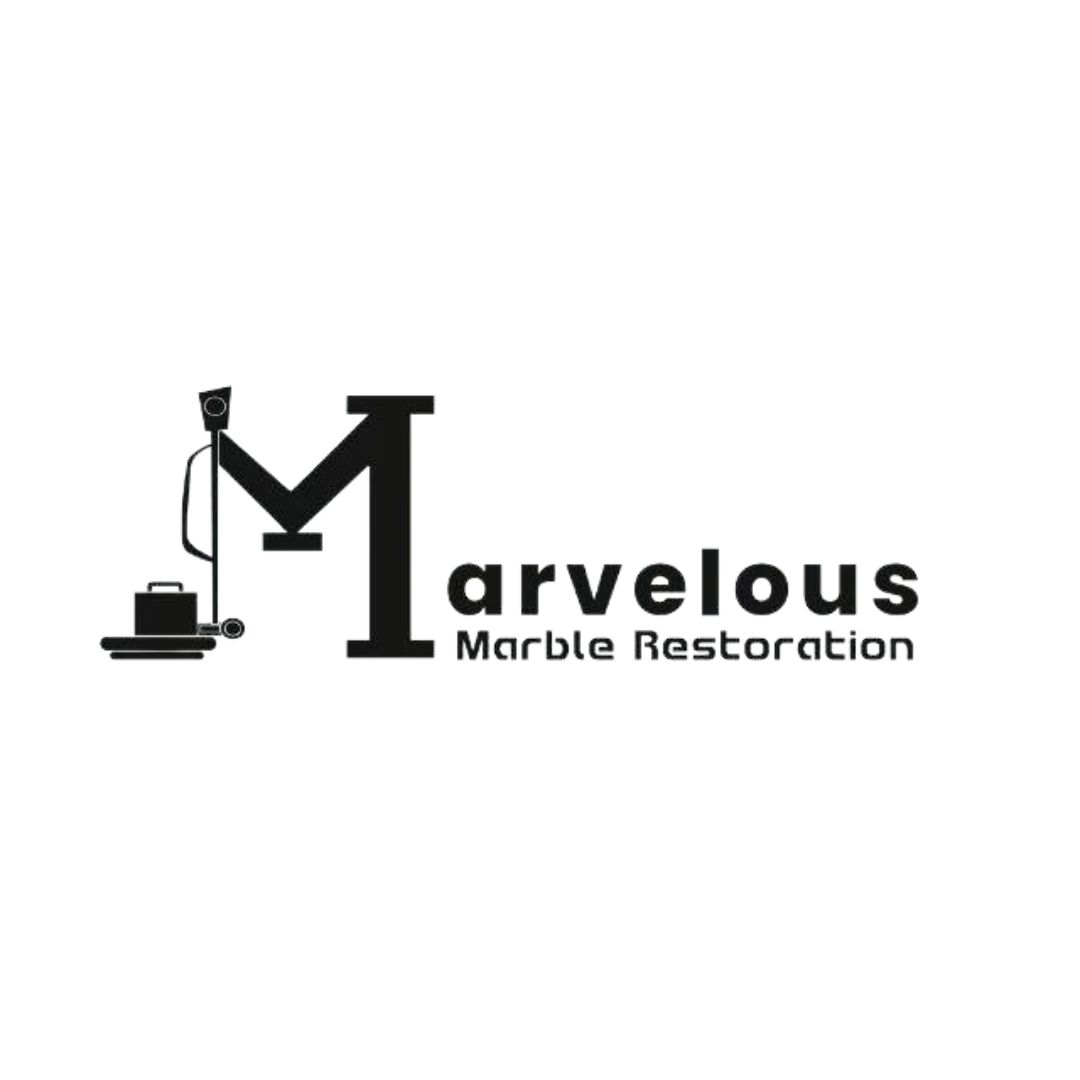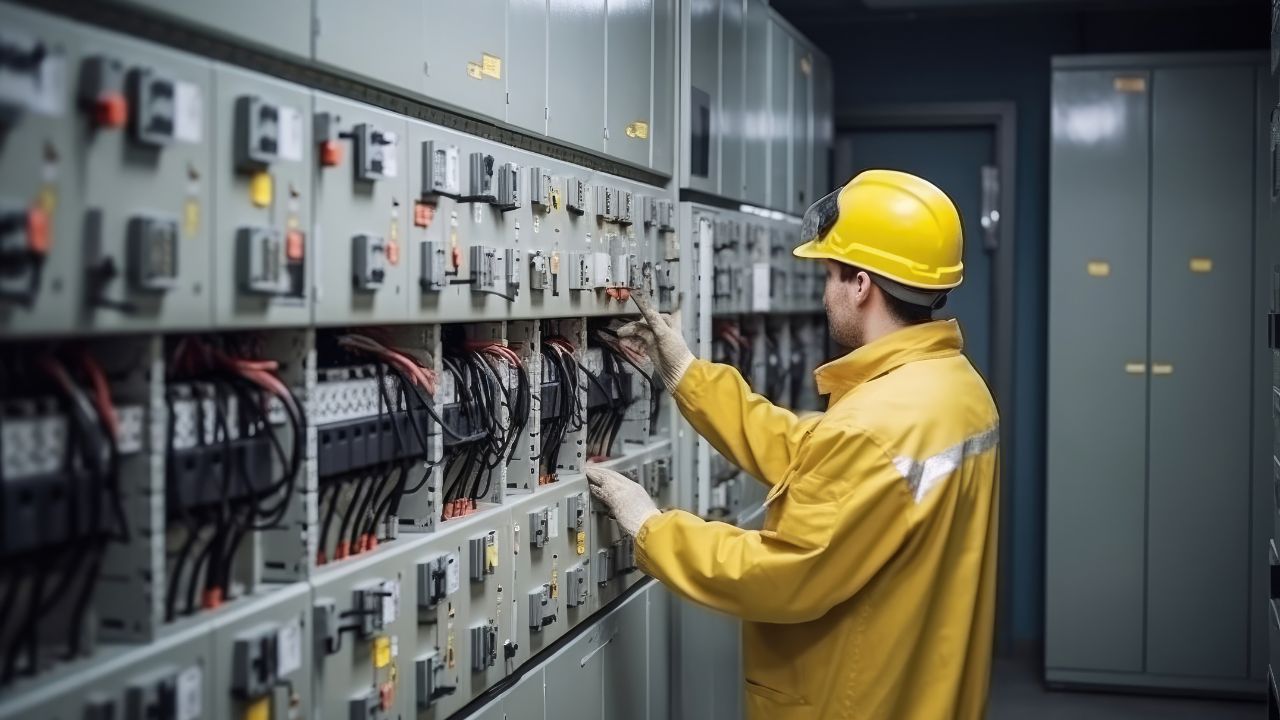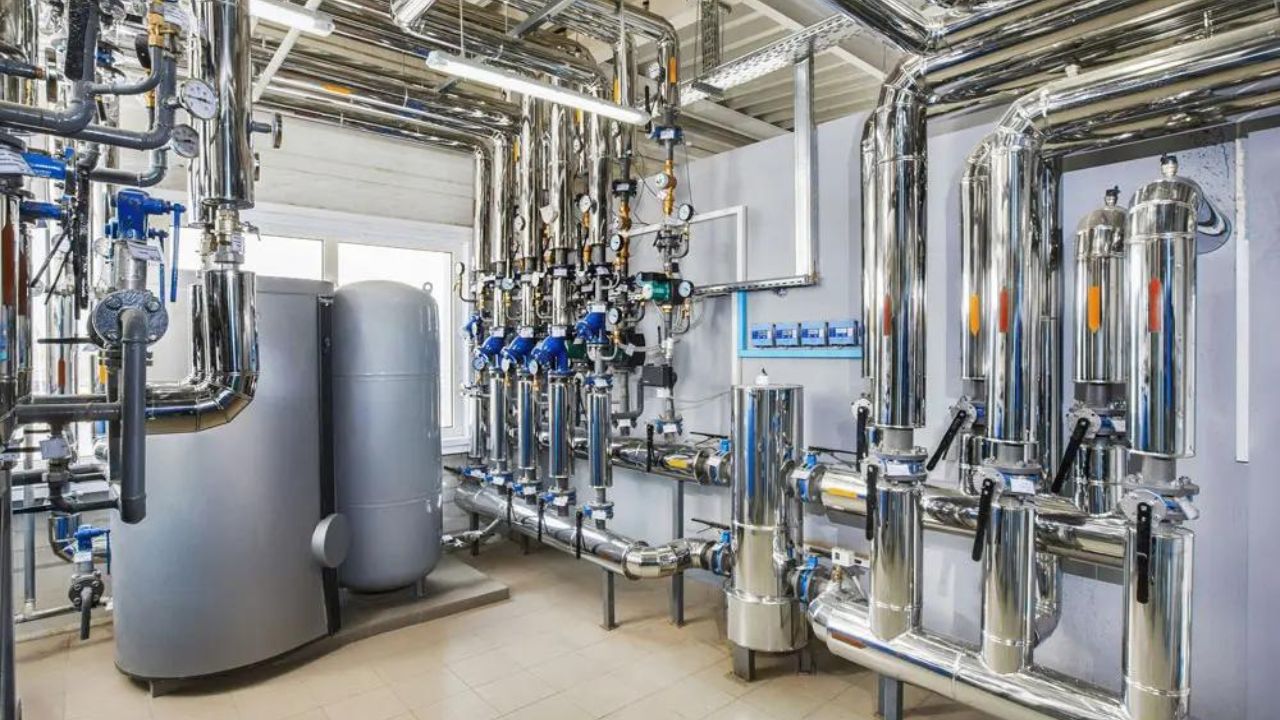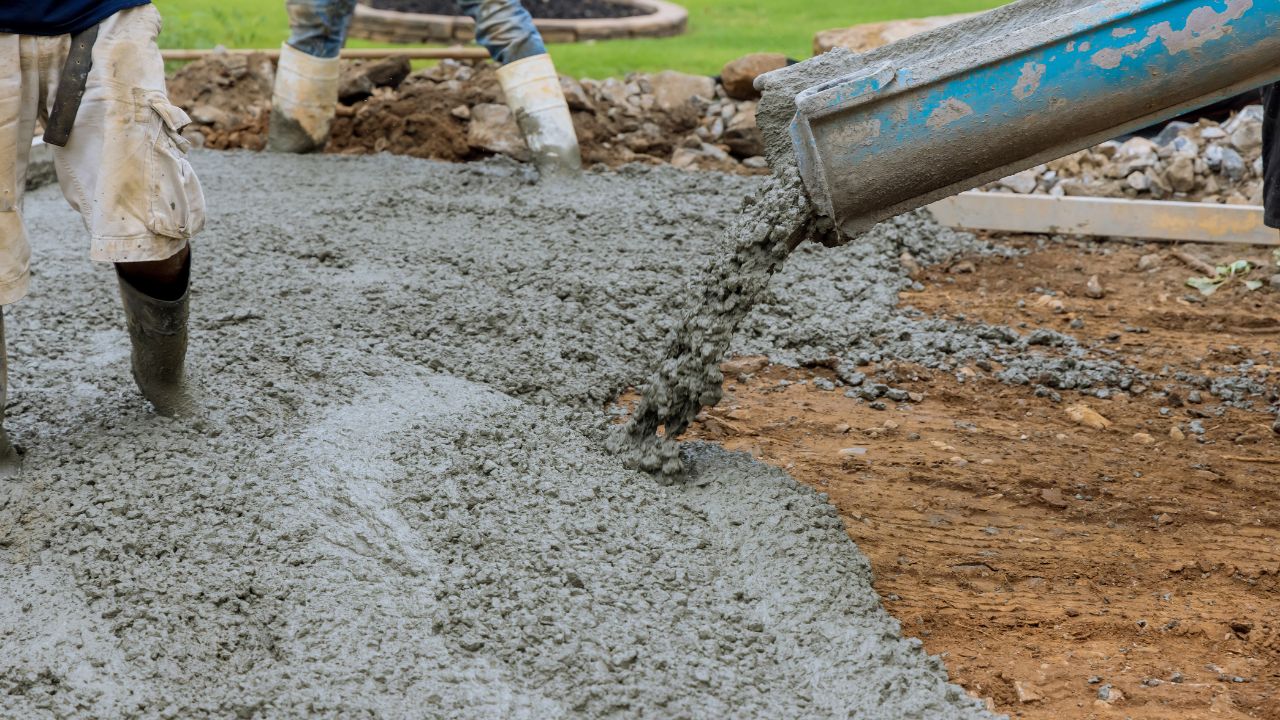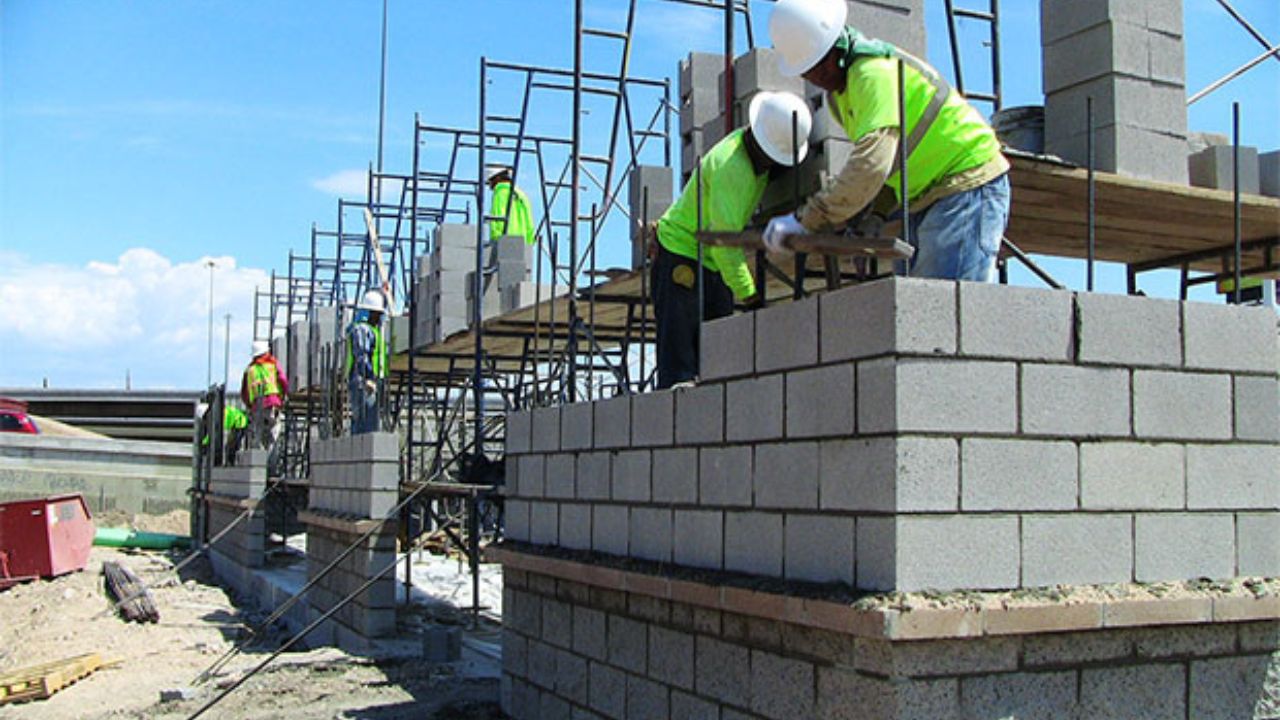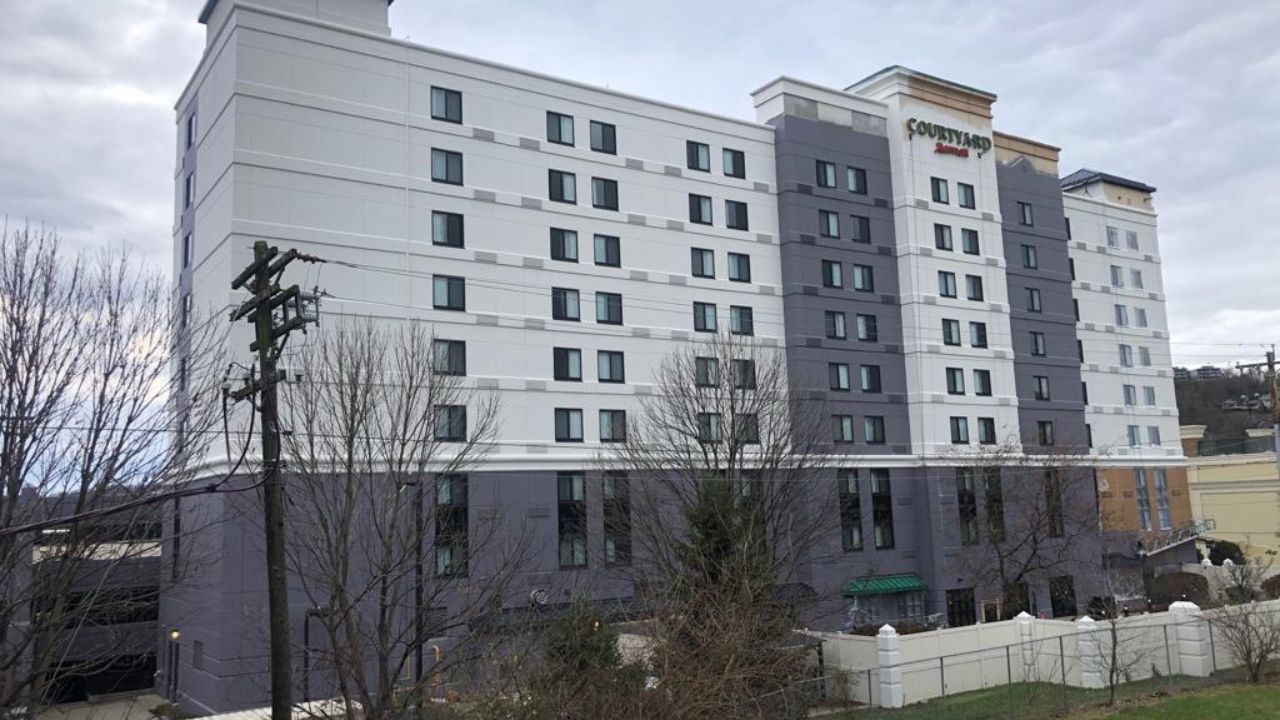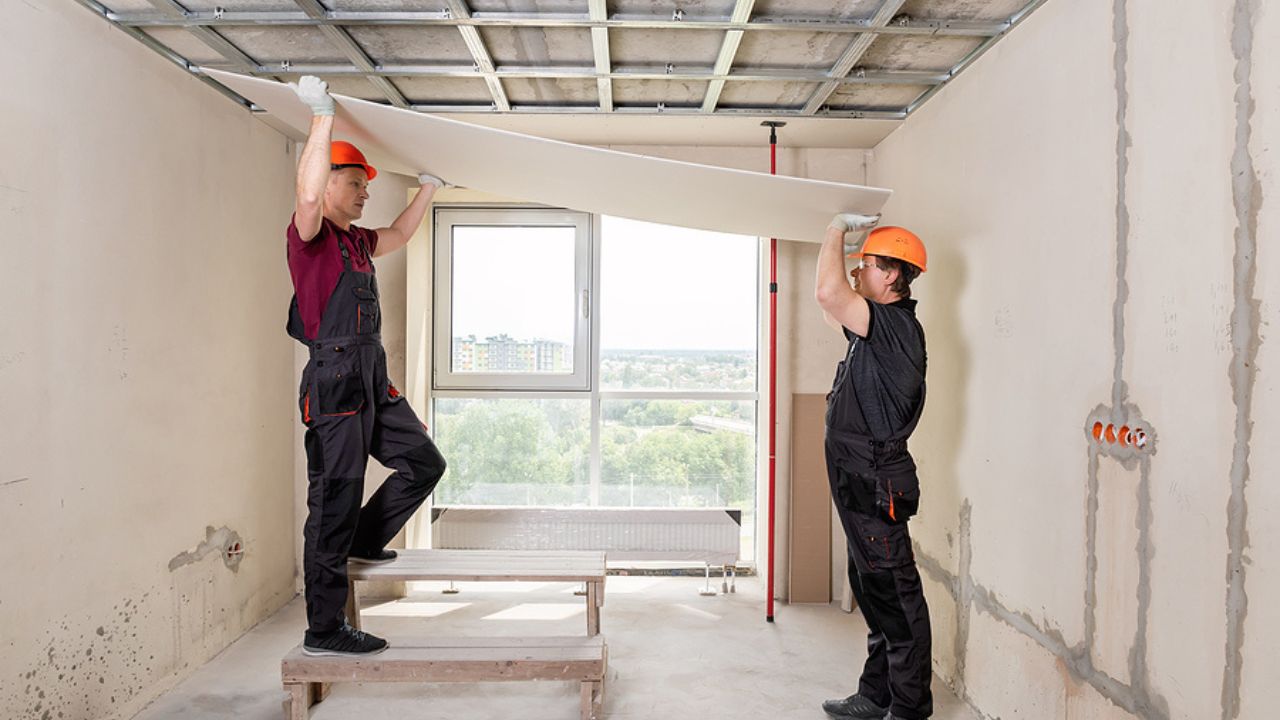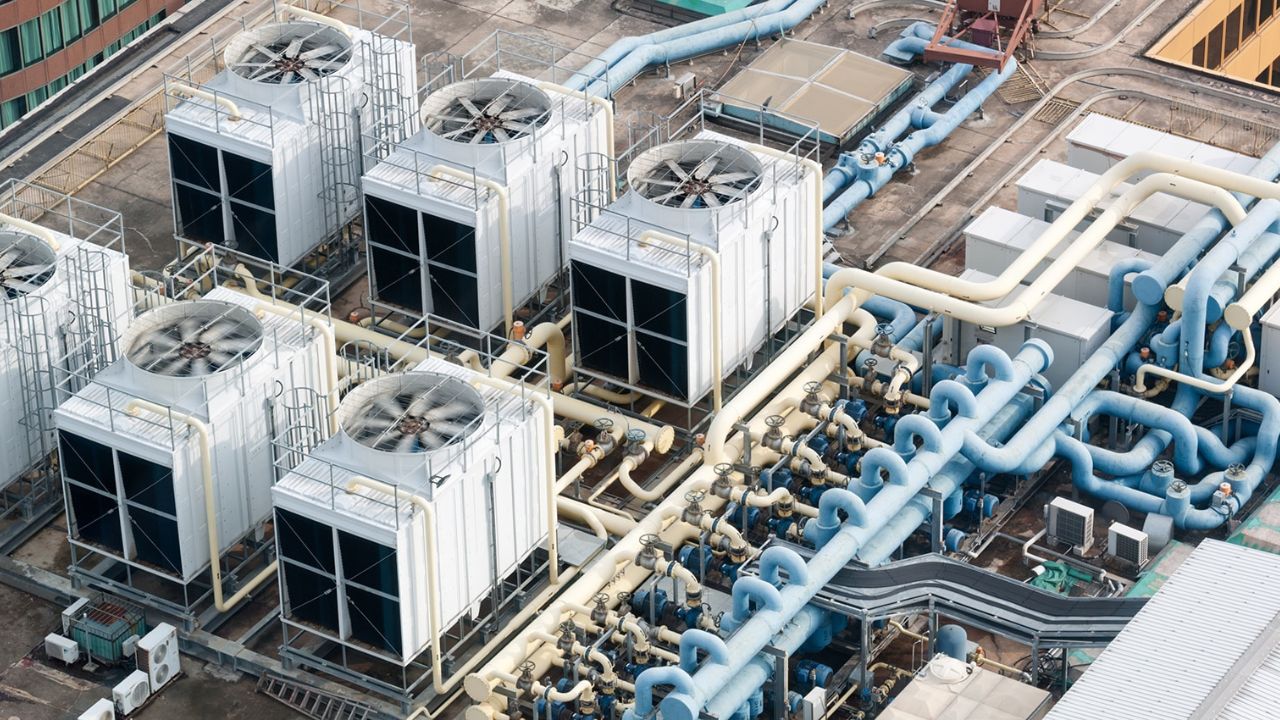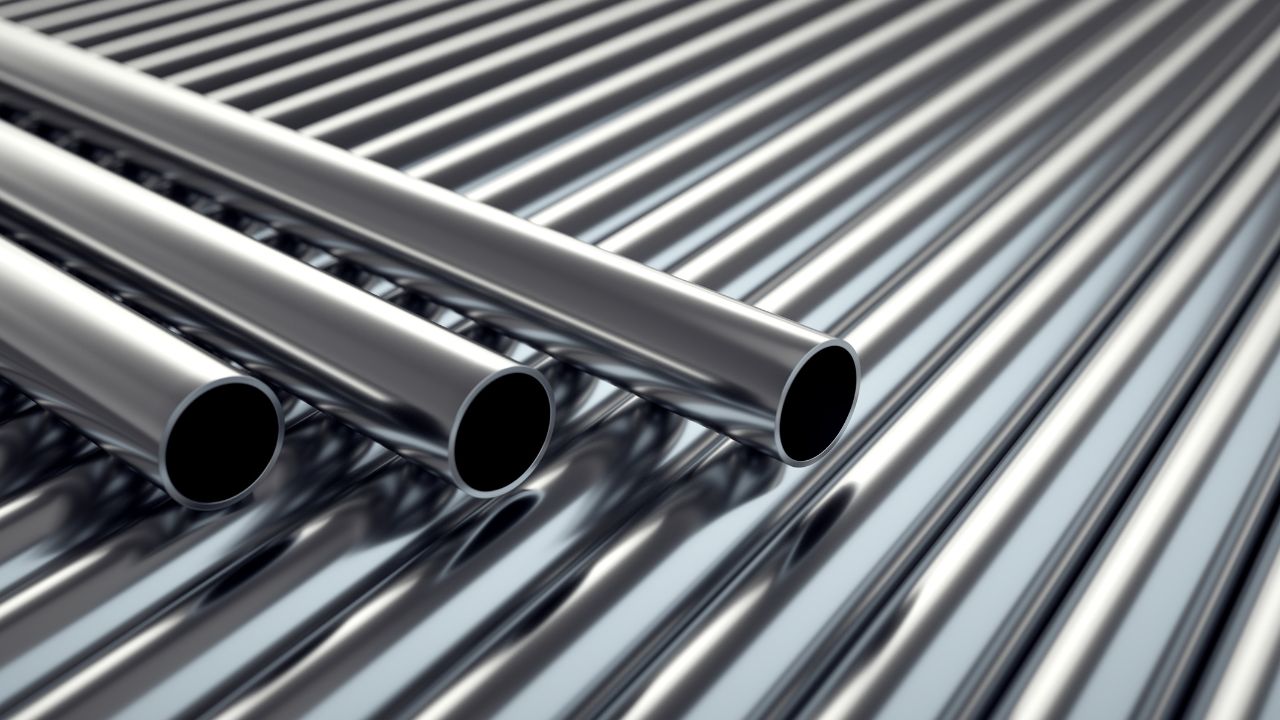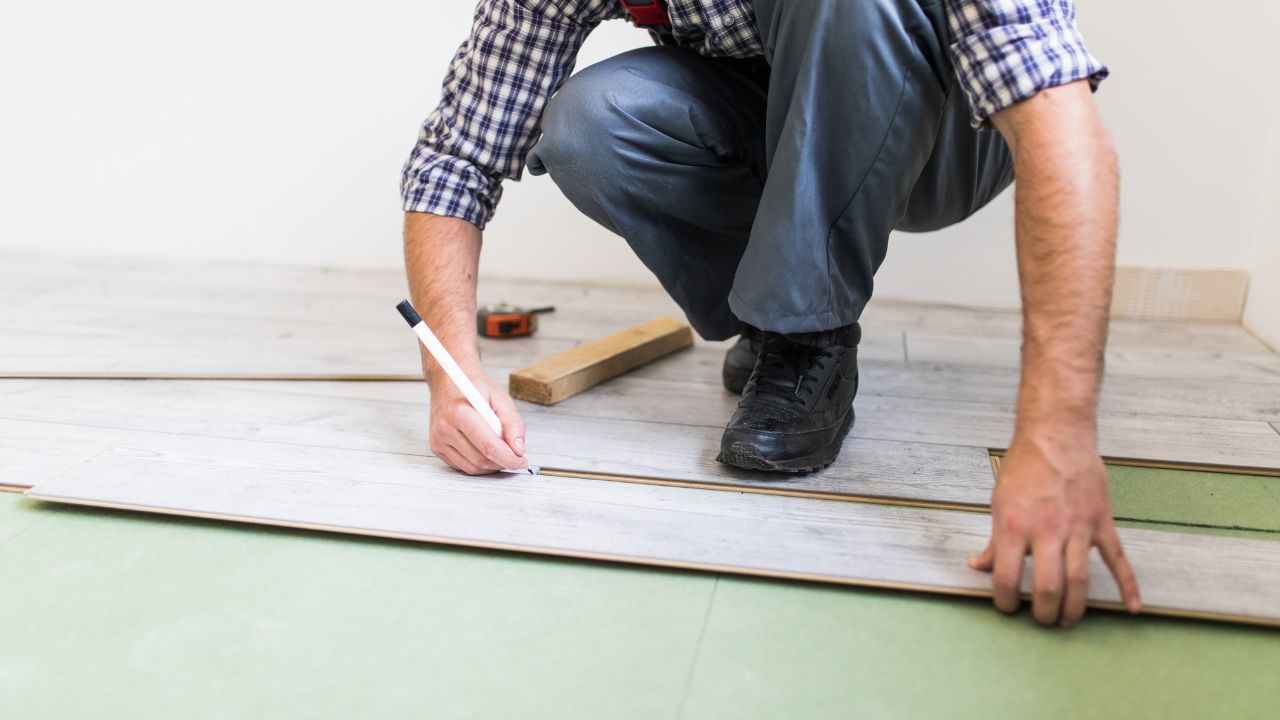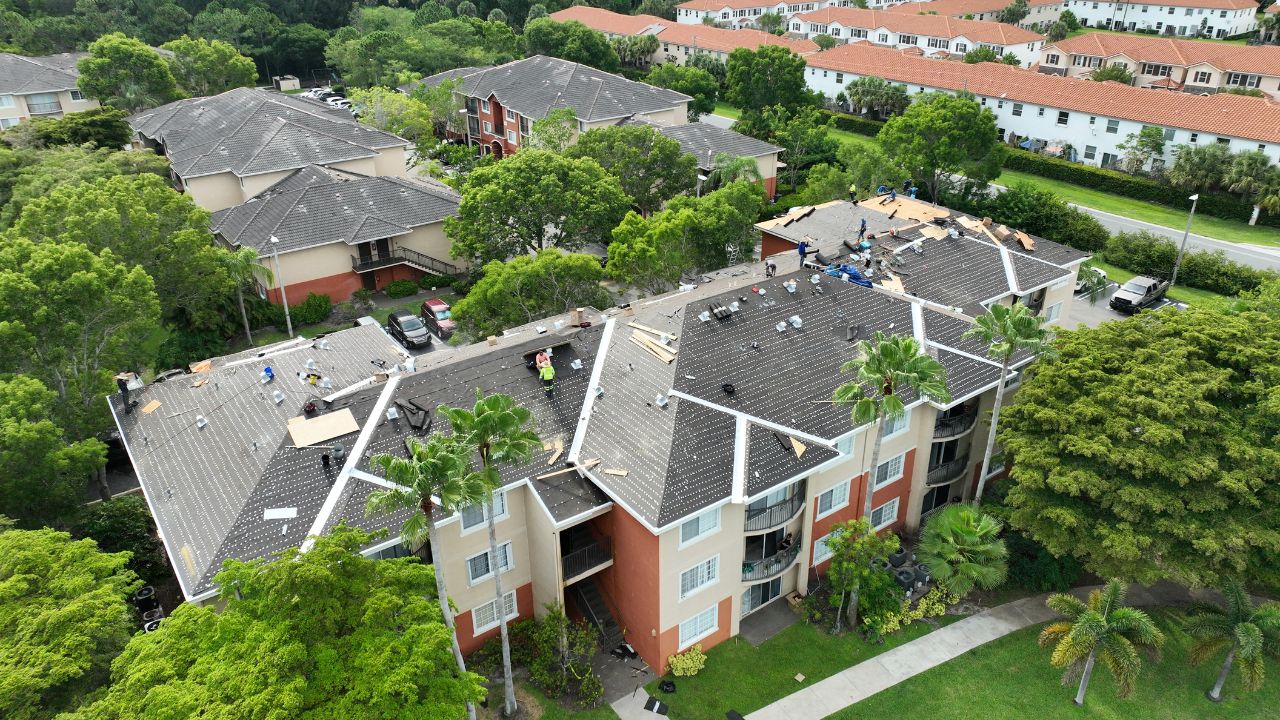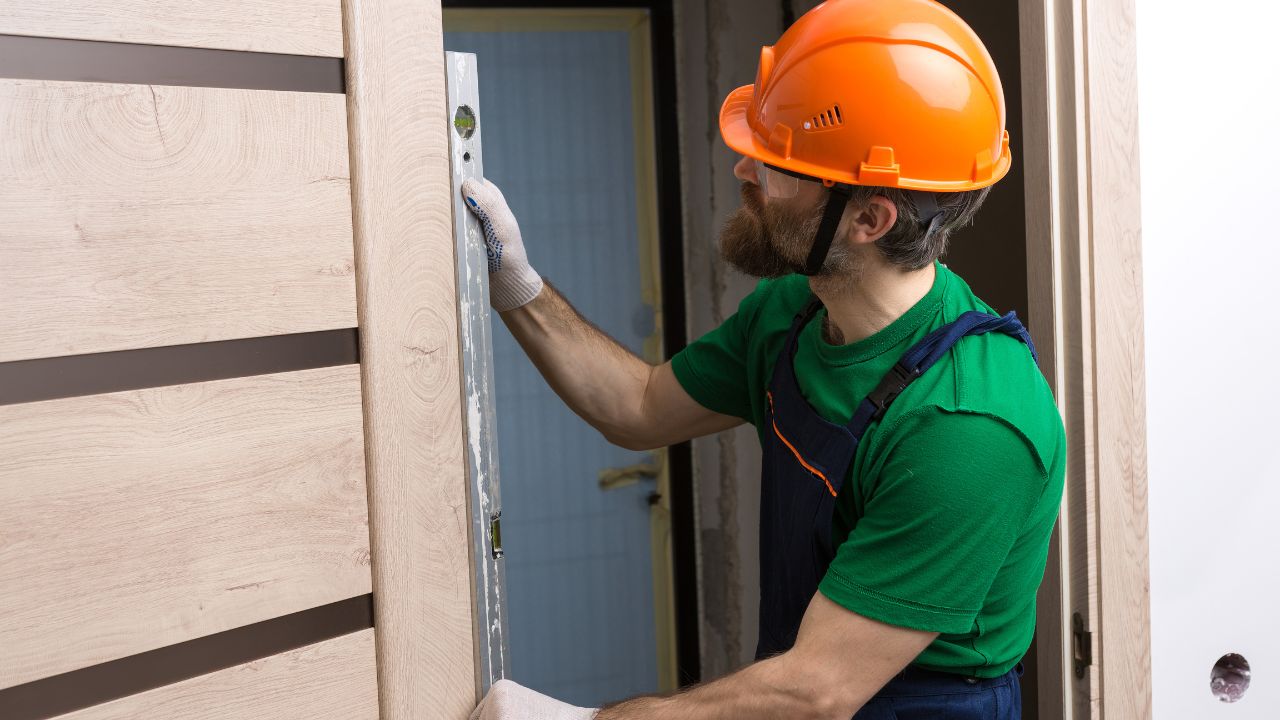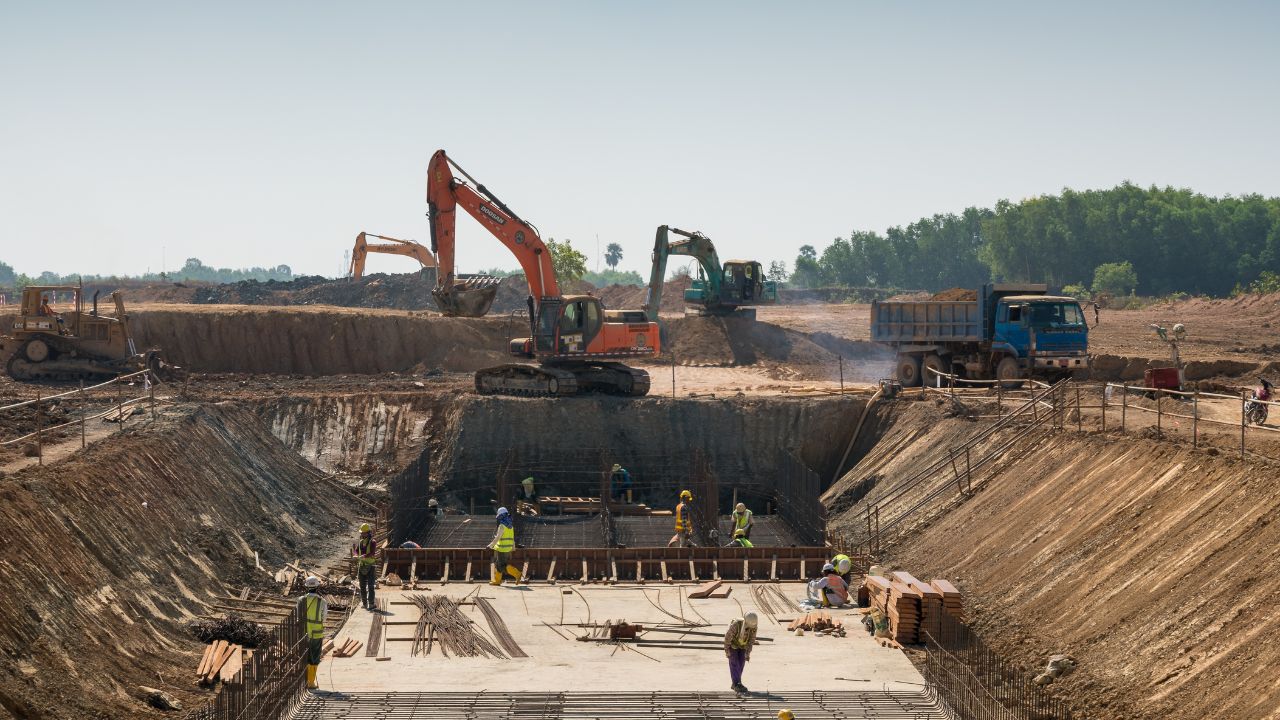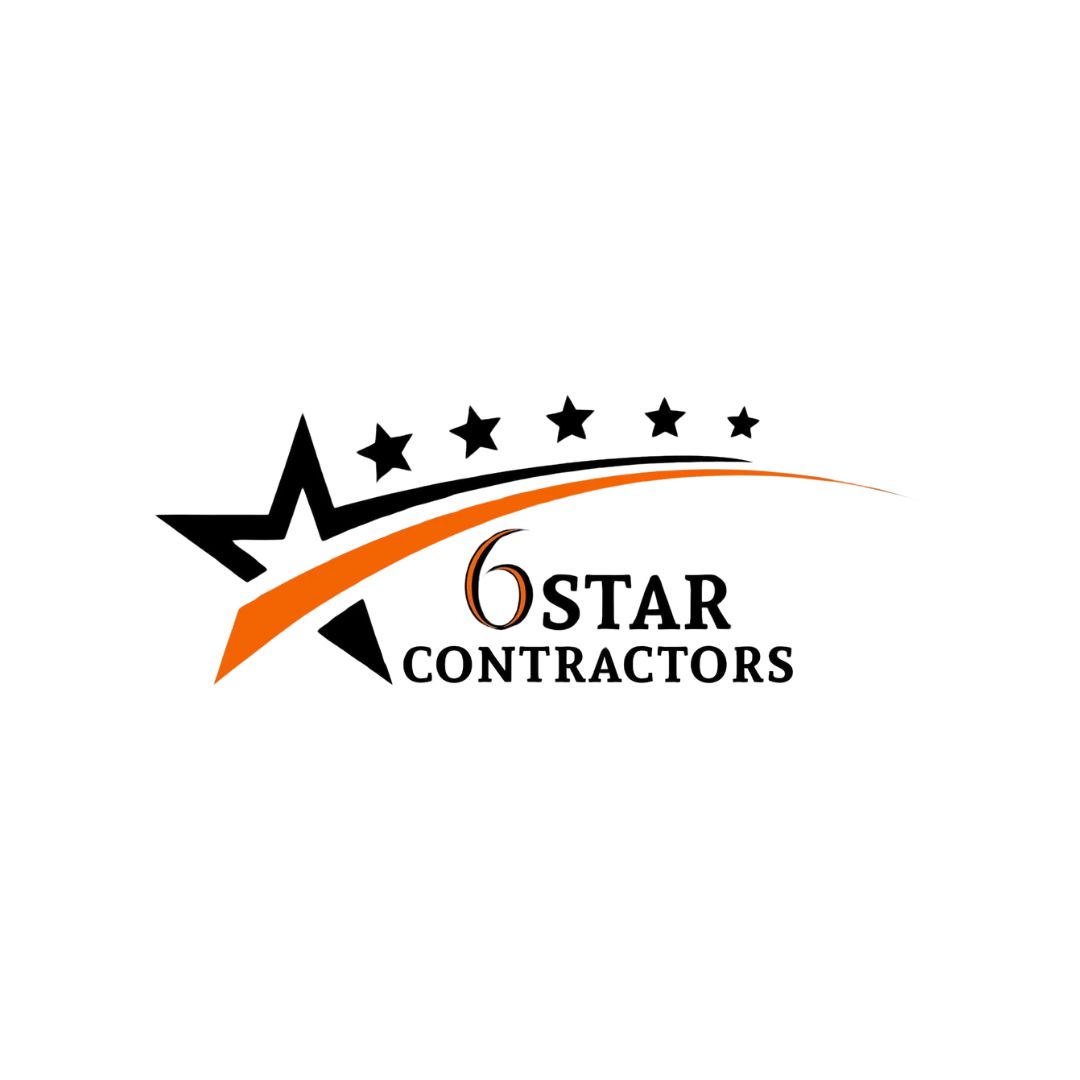- Homepage
- HVAC System with Ductwork
Cost to Install HVAC System with Ductwork
Leading provider of hvac installation services
Installing a new HVAC system with ductwork is a significant undertaking, impacting both the comfort and energy efficiency of your living space. Whether you’re building a new home or replacing an outdated system, understanding the factors that influence the cost of installing an HVAC system with ductwork is crucial.
In this guide, we delve into the intricacies of HVAC installation costs, exploring the considerations, components, and strategies to make informed decisions. For a complete HVAC upgrade, estimate HVAC ductwork costs using our tool.
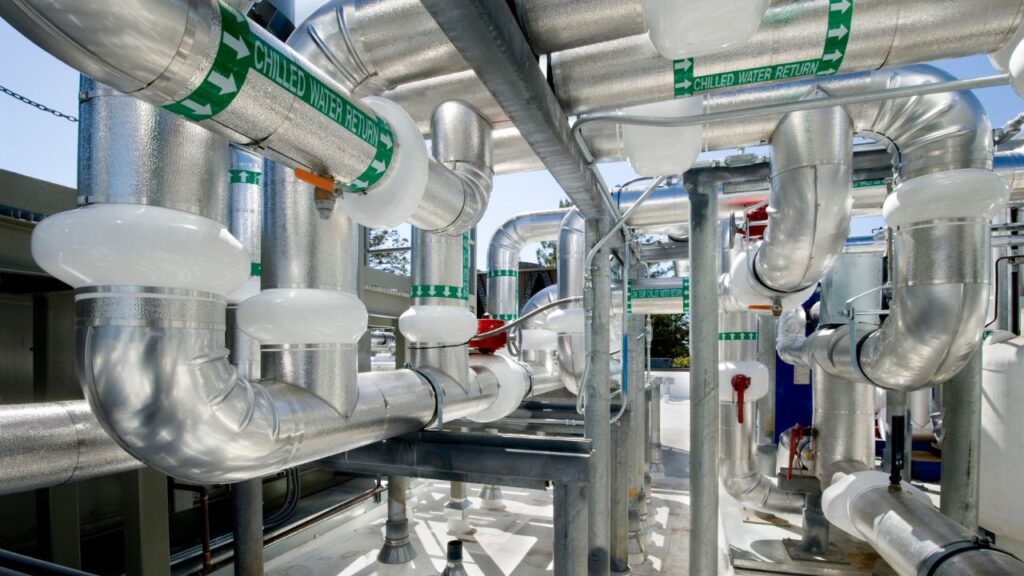
Factors Influencing HVAC Installation Costs
Type of HVAC System:
The choice of HVAC system significantly influences installation costs. Common options include central air conditioning systems, heat pumps, and ductless mini-splits. Each system comes with its unique installation requirements, affecting labor and material expenses. Central systems, relying on extensive ductwork, may involve higher installation costs compared to more flexible ductless alternatives.
Energy Efficiency Requirements:
Opting for an energy-efficient HVAC system may entail a higher upfront cost, but it’s a strategic investment. Systems with high Seasonal Energy Efficiency Ratio (SEER) ratings for cooling and Heating Seasonal Performance Factor (HSPF) for heating promise long-term savings on energy bills. Prioritizing energy efficiency aligns with sustainability goals and contributes to a cost-effective and environmentally conscious HVAC solution.
Ductwork Design and Material:
The complexity and design of the ductwork significantly impact installation costs. Efficient ductwork is vital for proper airflow and temperature distribution throughout your space. Factors such as duct material, size, layout, and insulation contribute to the overall expense. Well-designed duct systems enhance the performance of the HVAC system, ensuring optimal comfort and energy efficiency.
Zoning Systems and Add-ons:
Implementing zoning systems, which allow personalized temperature control in different areas of your space, adds a layer of sophistication to HVAC solutions. While enhancing comfort and energy efficiency, these systems may contribute to higher upfront costs. Additionally, the inclusion of features like air purifiers, smart thermostats, or humidity control can further elevate comfort but should be considered as additional expenses.
System Capacity and Sizing:
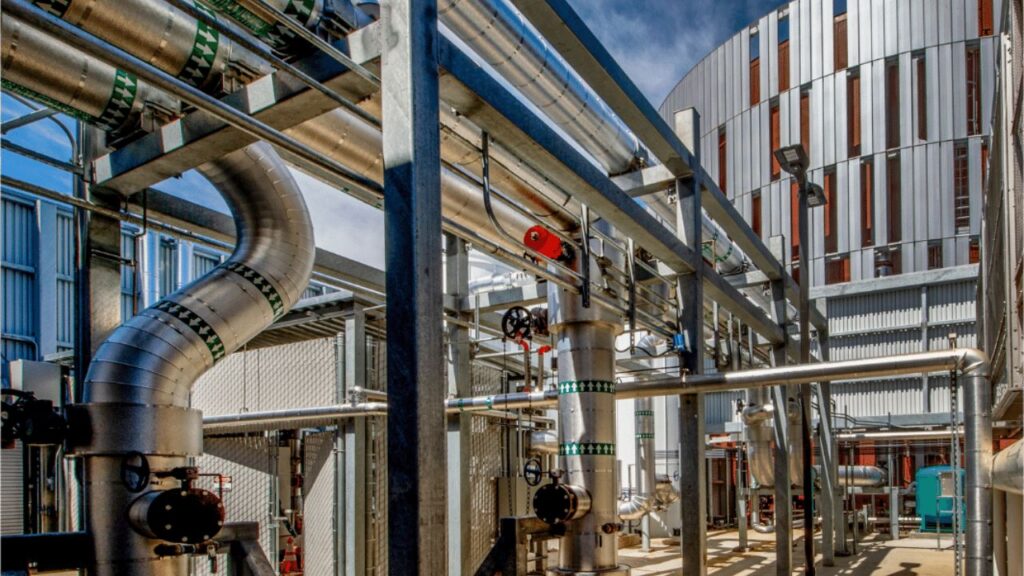
Determining the appropriate size and capacity of your HVAC system is crucial for optimal performance and cost-effectiveness. An undersized or oversized unit can lead to inefficiencies and increased operational costs. Professional assessments of your space’s heating and cooling needs ensure a balanced and efficient system, aligning with specific requirements and avoiding unnecessary expenses.
Installation Complexity and Labor Costs:
The intricacies of the installation process, influenced by factors such as system type, location, and accessibility, contribute to overall costs. Installing HVAC systems in occupied spaces may require phased installations to minimize disruptions, impacting labor costs. Comprehensive assessments of installation complexities are essential for accurate budgeting and meticulous project planning.
Estimating HVAC Installation Costs
Here is a typical cost range for HVAC system installation with ductwork:
- Small home (less than 1,500 square feet): $6,000 to $9,600
- Medium home (1,500 to 2,500 square feet): $9,600 to $14,400
- Large home (over 2,500 square feet): $14,400 to $24,000+
Installing ductwork can increase costs, so explore HVAC system cost estimates to plan your full project budget.
90% More Chances to Win HVAC Projects Bids with
Our Estimate!
Breaking Down Installation Costs
Equipment Costs:
The cost of HVAC equipment is a critical aspect of the overall expense. It encompasses air conditioners, heat pumps, or central systems. Factors influencing this cost include the type chosen and its efficiency rating. While higher efficiency models may incur a greater upfront cost, their long-term energy savings make them a prudent investment. Homeowners should carefully weigh the initial expense against the potential for significant operational efficiency and cost-effectiveness over the system’s lifespan.
Ductwork Costs:
The need for ductwork or modifications introduces additional costs covering both materials and labor. Efficient ductwork is indispensable for ensuring the optimal performance of the entire HVAC system. Homeowners must recognize ductwork costs as an integral component of the overall investment. Well-designed and properly installed ductwork contributes to balanced temperature distribution and optimal airflow throughout the space, enhancing the system’s efficiency and overall effectiveness.
Additional Features:
Incorporating extra features, such as zoning systems, air purifiers, or smart thermostats, enhances comfort but comes with an increased cost. When evaluating these features, homeowners should consider their specific needs and preferences. While these additions may contribute to higher upfront costs, their potential long-term benefits in terms of enhanced comfort, improved indoor air quality, and increased energy efficiency justify the investment. Careful consideration of these features ensures a more sophisticated and personalized HVAC solution tailored to individual requirements.
Strategies for Cost Optimization
Energy Efficiency Investments:
When considering HVAC solutions, prioritize the adoption of high-efficiency systems. Embrace the notion that the slightly higher upfront cost is not an expense but a strategic investment. Such an investment promises not only immediate comfort but, more importantly, substantial long-term savings on energy bills. Choosing high-efficiency HVAC systems aligns with environmental responsibility and ensures a cost-effective approach to meeting your indoor comfort needs.
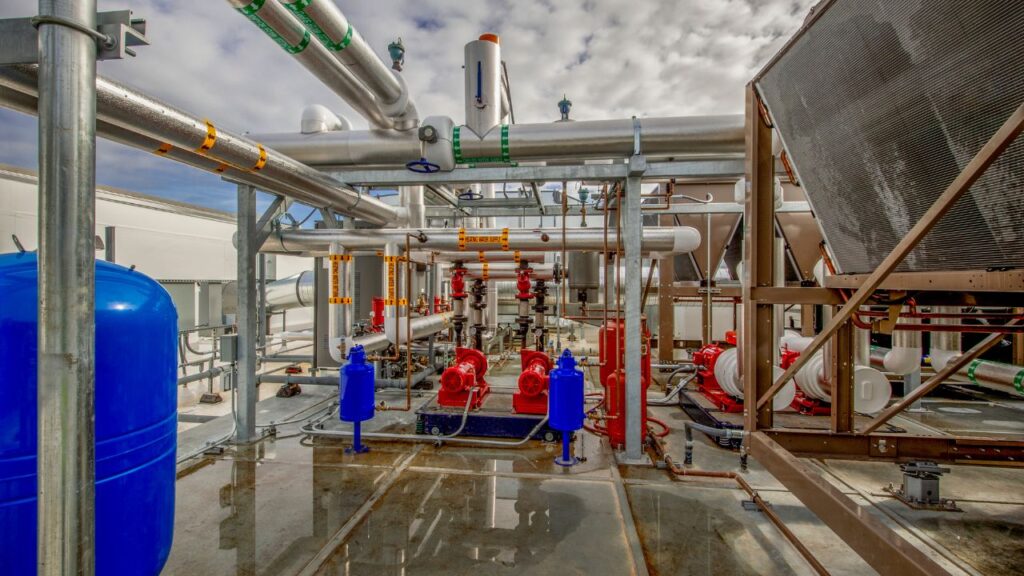
Regular Maintenance Programs:
Establishing and committing to a proactive maintenance program stands as a cornerstone for ensuring the efficient operation of HVAC systems. Regular inspections and preventive measures, conducted by professional technicians, go beyond mere system upkeep. They identify potential issues, fine-tune system components, and most importantly, prevent unexpected breakdowns. Acknowledging the cost of routine maintenance as a strategic investment in risk management promotes reliability and minimizes the total cost of ownership over time.
Multiple Quotes:
When navigating HVAC system investments, obtaining quotes from multiple professionals is not merely about evaluating costs. While competitive pricing is undoubtedly essential, it is equally crucial to consider factors such as the reputation of HVAC professionals, their expertise, and customer reviews. This comprehensive assessment ensures that the chosen service provider not only offers a competitive price but also demonstrates reliability and a track record of customer satisfaction. By considering a range of factors, homeowners can make informed decisions that prioritize both cost-effectiveness and the quality of service.
Government Rebates and Incentives:
A strategic approach to offsetting initial costs involves exploring available rebates or incentives. Various government and utility programs offer financial incentives to encourage the adoption of environmentally friendly and energy-efficient technologies. These incentives may include rebates, tax credits, or subsidized financing options. Homeowners should proactively explore available programs, ensuring they take full advantage of any opportunities to reduce the upfront investment in high-efficiency HVAC systems. This strategic approach aligns with broader sustainability initiatives while enhancing the overall cost-effectiveness of the investment.
Get High-Quality 3D Rendering Today!
Transform your space with stunning 3D rendering that blends style, comfort, and functionality.
We Specialize in Both Residential and Commercial 3D Rendering Projects.
- Luxury Villas
- Apartment Complexes
- Condominiums
- School
- Office Buildings
- Shopping Malls
- Hospitals
- Hotels & Resorts
Optimal System Sizing:
Cost optimization in HVAC systems starts with ensuring that the system is appropriately sized for the specific space it serves. This critical strategy prevents inefficiencies and avoids unnecessary operating costs. A professional assessment of your space’s heating and cooling needs ensures that the HVAC system operates at its peak efficiency, providing optimal comfort while minimizing energy waste. Prioritizing optimal system sizing is an investment that pays off in terms of long-term efficiency and cost-effectiveness.
Smart Thermostats:
Consider the incorporation of smart thermostats into your HVAC system for precise control over temperature settings. While this addition may contribute to the upfront cost, these devices offer more than just convenience. They play a crucial role in contributing to energy savings and long-term cost reduction. Smart thermostats can learn your preferences, adapt to your schedule, and even allow remote control through smartphone apps. This level of automation and control enhances not only convenience but also contributes significantly to more efficient energy usage, translating into cost savings over time.
Conclusion
Installing an HVAC system with ductwork involves various factors that impact both upfront costs and long-term efficiency. Homeowners should see the initial expense as an investment in comfort, energy savings, and system longevity.
Key considerations include the type of HVAC system, energy efficiency choices, ductwork design, additional features, and proper system sizing. Each factor contributes to overall costs while ensuring optimal system performance and energy efficiency.
Strategies for cost optimization, such as prioritizing energy efficiency, regular maintenance, seeking multiple quotes, exploring rebates, and smart thermostat integration, guide homeowners in making economically and environmentally sound choices.
In summary, the investment in an HVAC system is a comprehensive commitment to a comfortable, efficient, and sustainable living space that provides lasting value.
Frequently Asked Question
The cost varies based on factors like the size of your home. For a small home (less than 1,500 sq. ft.), it can range from $6,000 to $9,600, while a large home (over 2,500 sq. ft.) may cost between $14,400 and $24,000 or more.
Several factors impact costs, including the type of HVAC system chosen, energy efficiency requirements, ductwork design and material, additional features like zoning systems, and the complexity of installation.
Yes, prioritizing energy efficiency is a strategic investment. While the upfront cost may be higher, it promises long-term savings on energy bills, aligns with sustainability goals, and ensures a cost-effective and environmentally conscious HVAC solution.
Efficient ductwork is crucial for optimal system performance. It ensures proper airflow and temperature distribution. Well-designed duct systems contribute to balanced temperature levels and enhance the overall efficiency of the HVAC system.
Incorporating features like zoning systems and smart thermostats can enhance comfort and energy efficiency. While they may contribute to higher upfront costs, their long-term benefits in terms of comfort, indoor air quality, and energy efficiency often justify the investment.
Far far away, behind the word mountains, far from the countries Vokalia and Consonantia, there live the blind texts. Separated they live in Bookmarksgrove right at the coast
Smart thermostats offer precise control over temperature settings, contributing to energy savings and long-term cost reduction. They provide automation and control features, adapting to user preferences and schedules, enhancing convenience, and promoting efficient energy usage.
Yes, professional assessments ensure that the HVAC system is appropriately sized for the specific space it serves. This critical step prevents inefficiencies and unnecessary operating costs, optimizing long-term efficiency and cost-effectiveness.
High-efficiency HVAC systems may have a higher upfront cost but lead to significant long-term savings on energy bills. These systems optimize energy usage, align with environmental responsibility, and provide enduring economic benefits over the system's lifespan.
Installing an HVAC system is a comprehensive commitment to a comfortable, efficient, and sustainable living space. It requires careful consideration of factors, cost optimization strategies, and long-term benefits, ensuring lasting value for homeowners.
Comprehensive Trade-Specific Estimates
At Estimate Florida Consulting, we offer detailed cost estimates across all major trades, ensuring no part of your project is overlooked. From the foundation to the finishing touches, our trade-specific estimates provide you with a complete and accurate breakdown of costs for any type of construction project.



Our Clients & Partners
We pride ourselves on building strong, lasting relationships with our clients and partners across the construction industry.
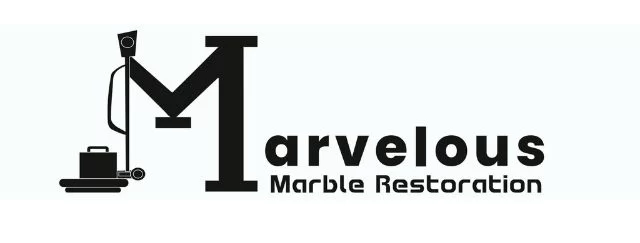
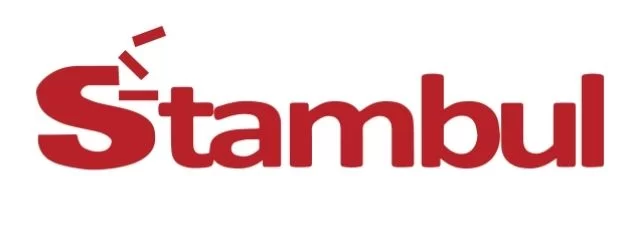
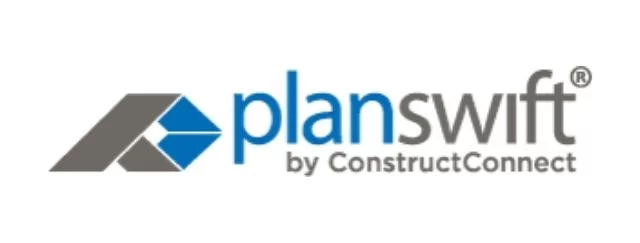
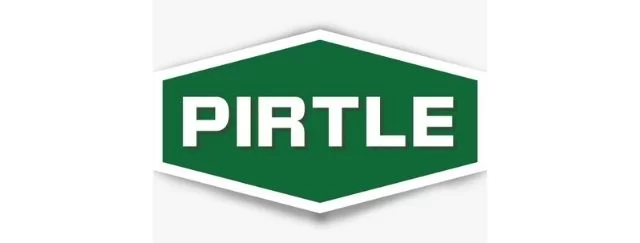

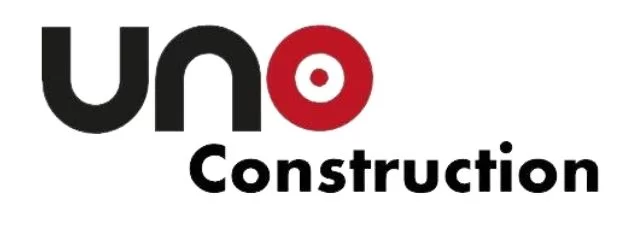
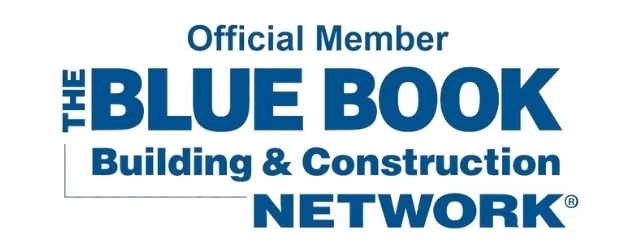
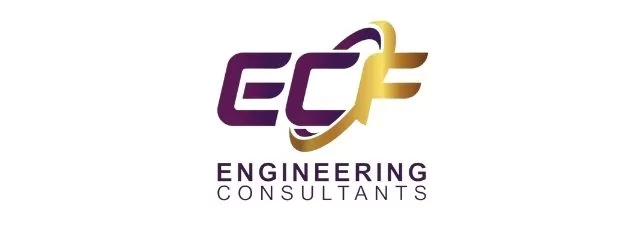
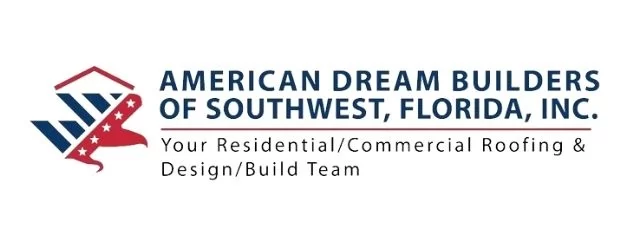
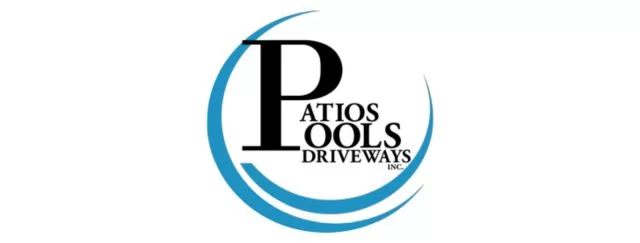

What Our Clients Say?
We take pride in delivering accurate, timely, and reliable estimates that help contractors and builders win more projects. Our clients consistently praise our attention to detail, fast turnaround times, and the positive impact our estimates have on their businesses.
Estimate Florida Consulting has helped us win more bids with their fast and accurate estimates. We trust them for every project!
